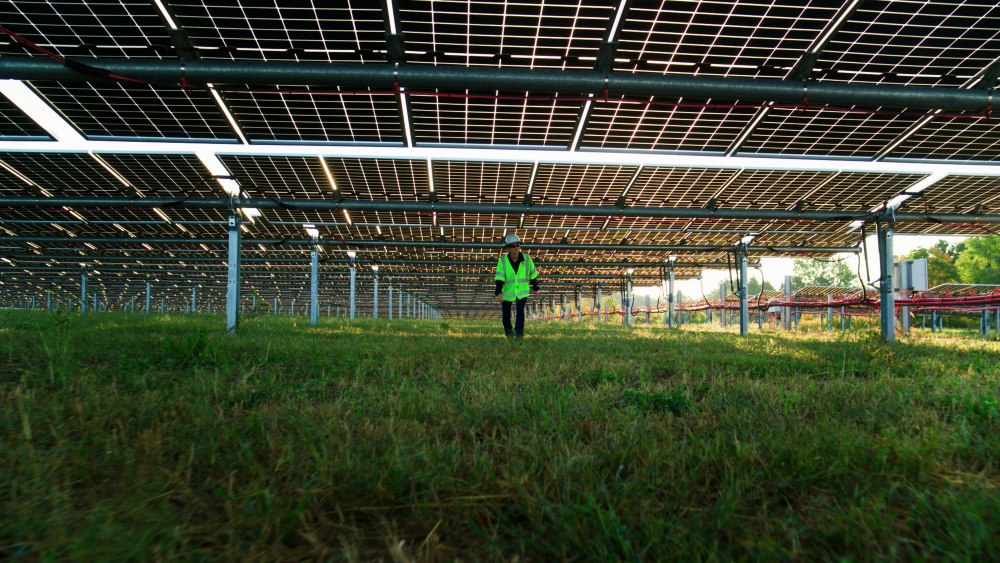Centralized vs. decentralized inverters: Keys to the decision
In a remote village in the mountains of Colombia, recent improvements in PV technology had brought the promise of low-cost electricity within reach, with potentially huge benefits for residents.
However, bringing solar power to the village involved carrying components for many miles on small boats and along narrow mountain trails and treacherous roads, crossing rivers by canoe or suspension bridges. This meant that only components light and small enough to be carried by human could be specified for the project.
In such a case, the choice between centralized and decentralized solar inverters was easy. There was simply no way, other than by helicopter, to move a heavy centralized inverter to the project site. Decentralized inverters, however, could be backpacked by local porters.
Remoteness of location, such as the sites in Colombia, is one of the factors that goes into choosing whether to design a solar power project using centralized or decentralized inverters.
Many of the other factors when choosing an inverter are site-specific as well, meaning that decision-makers need to understand the site characteristics before starting to work on a design. The right choice of inverter can make a big difference in uptime and availability.
How remote is the site?
Remoteness of the PV plant comes into play in several different ways. It could be, as was the case in Colombia, that it is physically impossible to get a large centralized unit to the site, meaning that decentralized inverters are the only way to go.
And as PV power is literally bringing light to many parts of the developing world, physical accessibility is becoming a major factor. Even in areas reachable by dirt track, using smaller decentralized inverters that can be carried by pickup truck and installed by just a crew of two may be more practical.
However, for large solar projects in most countries, access to the site is not a problem, and the transportation infrastructure is well-suited so support such projects. While site access can be a factor in small solar projects, choosing centralized or decentralized inverters on large installations is not a consideration.
Available skill sets for PV installation and service
Some popular locations for solar power, such as parts of California, have a high density of PV projects. This makes it worthwhile for companies such as Schneider Electric to have skilled service personnel, along with an inventory of spare parts, located nearby. In addition, such companies with large global footprints have service personnel who are able to access most project sites within a day.
Accordingly, the high availability of a centralized inverter can be easily maintained. Service personnel may be able to troubleshoot remotely, especially when many large power plants have monitoring equipment, and if a site visit is needed, the technician is able to bring the correct spare parts to site and can solve the issue with a single site visit.
Many large solar companies have their own qualified technicians or a service agreement with a third party or with the supplier to help ensure maximum performance of centralized inverters.
In addition, a prescribed program of regular preventive maintenance usually prevents equipment issues by replacing aging parts before they fail. This can make centralized inverters a preferred choice for large, industrial-scale solar farms.
For some locations, there may not be easy access to highly trained technicians to service central inverters, but a qualified electrician on site might be able to switch out a malfunctioning decentralized inverter and replace it with a spare unit kept on site. The non-working inverter then can be flown out for repair or replacement.
Size of project
What is the availability of the inverters you chose during the operational life of the project?





